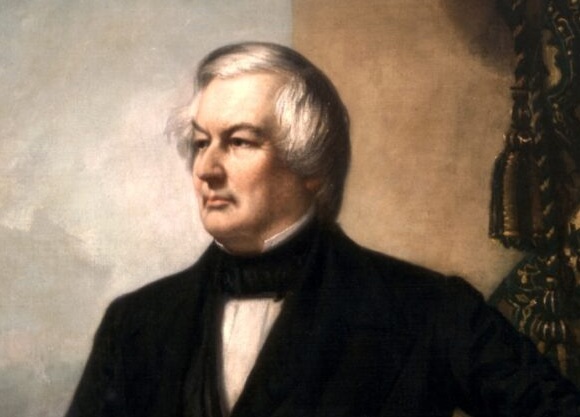Introduction
Polls have become ubiquitous in the political landscape, shaping public opinion and influencing election outcomes. However, understanding how polls work is crucial to interpreting their findings accurately. This article delves into the science behind political polling, exploring its methods and limitations to provide a comprehensive understanding of its role in the political process.
How Polls Work: Unlocking the Science Behind Political Surveying
1. Sampling: Selecting a Representative Group
Polls rely on a carefully selected sample of respondents to represent the larger population. Probability sampling techniques, such as random sampling or stratified sampling, ensure that each individual has an equal chance of being included in the sample. This allows pollsters to make inferences about the entire population based on the results from the smaller sample.
2. Question Design: Crafting Accurate and Unbiased Questions
The wording of questions in a poll can significantly influence the results. Pollsters тщательно разрабатывают вопросы, чтобы они были понятными, непредвзятыми и не наводящими. Они используют двойную проверку, фокус-группы и пилотные опросы, чтобы убедиться в том, что вопросы точны и непредвзяты.
3. Data Collection: Gathering Responses Accurately
Polls gather responses through various methods, including telephone surveys, online surveys, and in-person interviews. Each method has its own advantages and disadvantages. Pollsters take steps to ensure the accuracy of the data by training interviewers, verifying responses, and using statistical techniques to adjust for potential bias.
Understanding Political Polling: Separating Fact from Fiction
1. Margins of Error: Accounting for Uncertainty
All polls have a margin of error, which represents the range within which the true population value is likely to fall. The margin of error is determined by the sample size and the level of confidence desired. A wider margin of error indicates less precision in the poll results.
2. Nonresponse Bias: Addressing Missing Data
Nonresponse bias occurs when some individuals in the sample do not participate in the poll. If these nonrespondents differ systematically from those who do participate, the poll results may be biased. Pollsters address nonresponse bias through weighting techniques and other statistical methods.
3. Limitations of Polls: Recognizing Their Shortcomings
Polls are not perfect predictors of election outcomes. They can be affected by factors such as the timing of the poll, the quality of the sample, and the specific questions asked. It is important to interpret poll results cautiously and consider them in conjunction with other sources of information.
Summary
Understanding how polls work is essential for interpreting their findings accurately. Polls rely on sampling methods to select a representative group, carefully designed questions to gather data, and statistical techniques to adjust for potential bias. However, polls have limitations and should be considered with caution, accounting for margins of error, nonresponse bias, and the timing and context of the poll. By understanding the science behind political polling, we can better navigate the complex landscape of public opinion and its influence on the political process.



